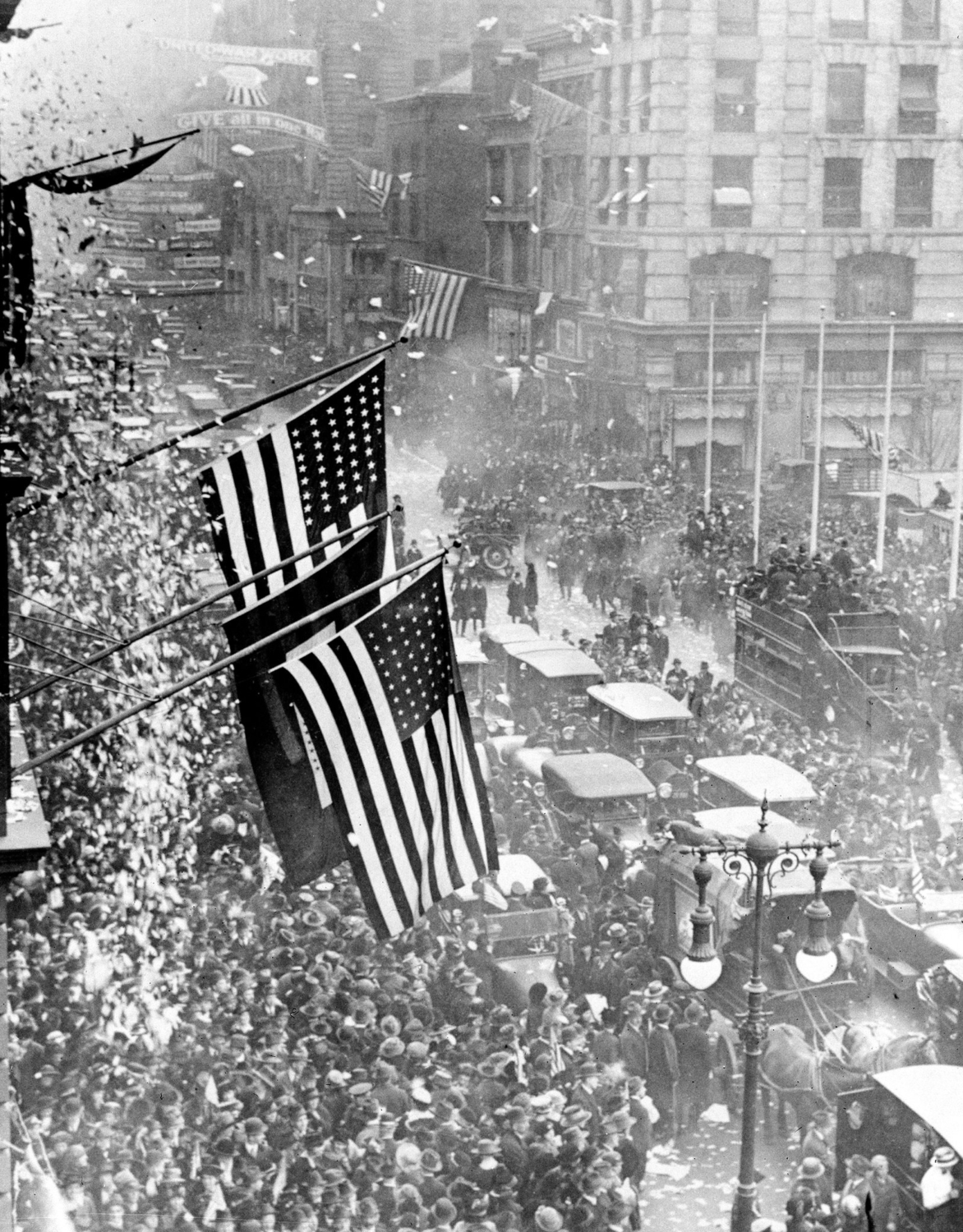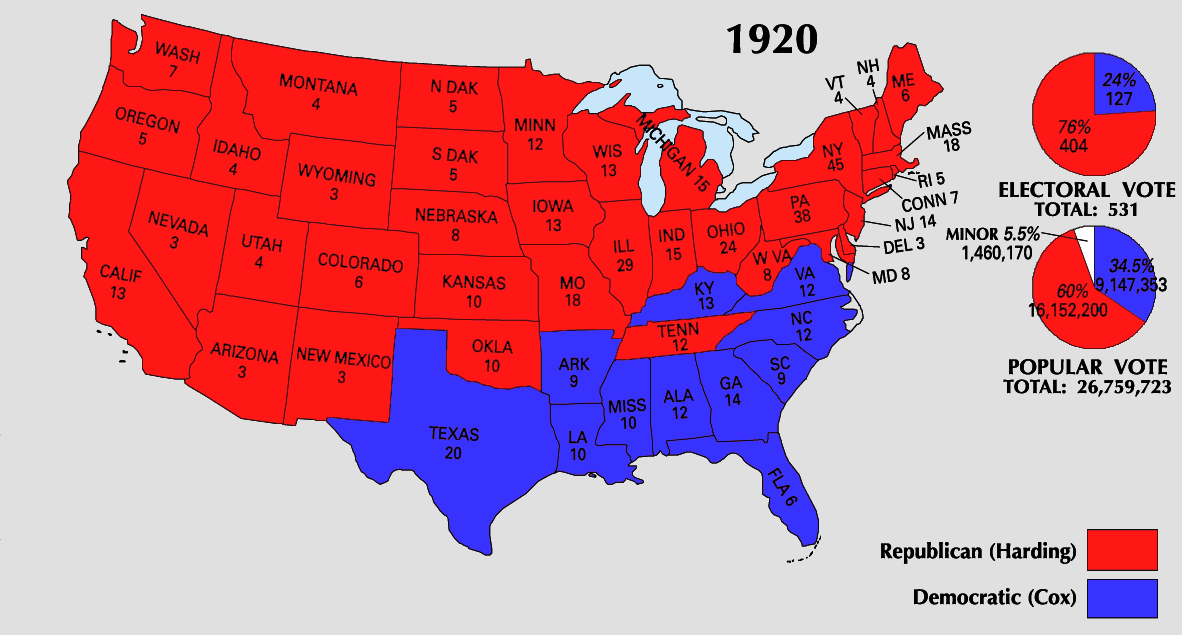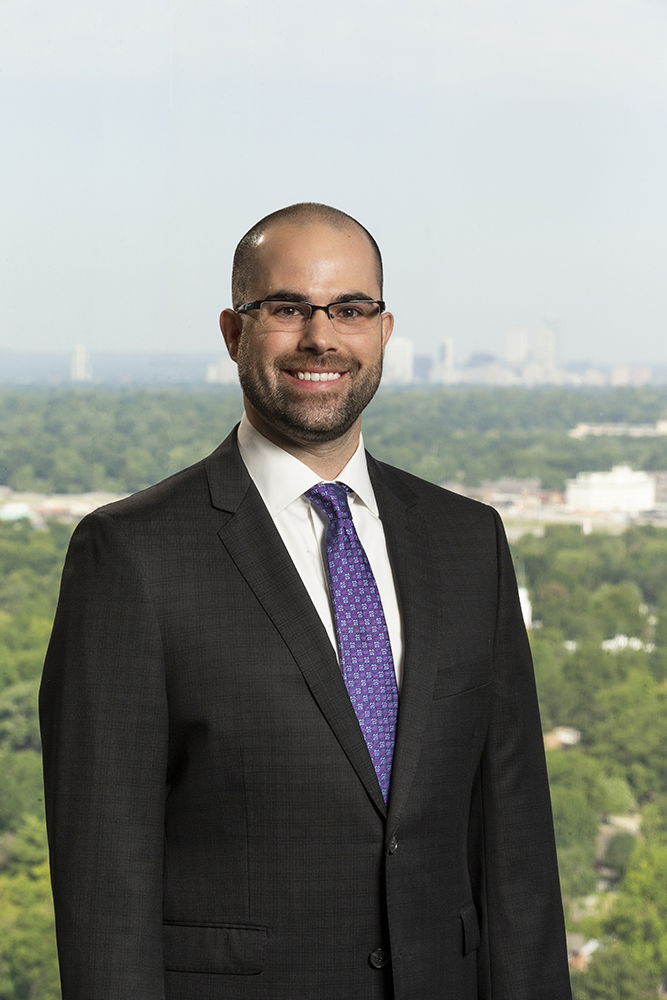One Hundred Years Later
By the time this note is published, the 2020 election will have ended…and perhaps the votes may even be counted! Although this election cycle has been contentious, I cannot help but wonder whether they all are. Maybe our memories fade every four years, causing us to forgot how high the stakes felt in the prior election. And if our memories fade after only four years, I am certain they have faded after one hundred years. Let’s take a step back and consider a century ago.
The year is 1920. Two years earlier, World War I effectively ended with the ceasefire signed in France on November 11, 1918 (a date originally known as Armistice Day but now celebrated as Veterans Day). The Treaty of Versailles, which was the formal end to the War, was not signed by the Senate until months later on June 28, 1919.

Armistice Day in New York City, 11/11/1918. NY Times/Associated Press.
For the better part of the two years prior to the 1920 election, the Spanish Flu had ravaged the globe. Ultimately, 500 million people contracted the virus, and an estimated 50 million people died. To put that number in perspective, approximately 2-3% of the world died as a result of the Spanish Flu; today, that same percentage would translate to the equivalent of about 200 million deaths.
The War was the primary transmission vehicle, with soldiers being exposed all across the European theater, and ultimately bringing the virus home to the United States at the conclusion of the war.
The 1920 U.S. Election
President Woodrow Wilson, who had already served two terms, would have been eligible to serve a third since presidential term limits would not be established until 1951. However, by the end of the War and his second term, President Wilson had become extremely unpopular and also fallen rather ill.
Ultimately, Democratic national leaders decided he was too weak and too ill for a third term, and refused to nominate him. He would later pass away in 1924. Thus, the Election of 1920 pressed on without an incumbent candidate.
The Republican National Convention produced eight major candidates. They ultimately selected Senator Warren Harding of Ohio, with Calvin Coolidge as the Vice-Presidential nominee. The Democratic National Convention had over 10 major candidates and ultimately selected James Cox, the Governor of Ohio, with Franklin D. Roosevelt as his running mate.
The outcome of the 1920 election is no secret. Warren Harding won by a comfortable margin, with 404 electoral college votes (of the 266 needed at the time), and 60% of the popular vote. It was the lowest voter turnout (49%) going back nearly 100 years prior to the election of 1824, which only had a 27% voter turnout. Harding’s term would ultimately be shortened by his death in 1923 (ironically, passing earlier than Wilson).

1920 Electoral Vote Map, United States Geological Survey. Public Domain
Politics Filling the Air With Radio Waves
The 1920 Election was also notable for another reason. According to the Library of Congress, the Election of 1920 was the last in which campaign speeches were available to the public by record albums (phonographs).
On November 2, 1920, KDKA made a commercial radio broadcast, a first, and announced the election results over the airwaves. From that day forward, radio would change the election landscape for years to come with speeches, debates, and other campaign propaganda distributed by radio waves rather than by record albums. It would not be until the first televised debates that election media would go through such a revolution again.
While I can’t say that I listened to any debates this year by radio, or phonograph, I’m sure that this decade will be reflected upon for its reliance on streaming internet media to help broadcast our electoral process to not just North Americans, but the rest of the world.
Compared to the 1920 election, our elections of 2020 are very different, and yet principally the same. One hundred years from now, I wonder if we’ll be able to say the same thing.
Philip D. Mock, CFA, CPA, CFP®
Senior Vice President & Chief Investment Officer
(918) 744-0553 | PMock@TrustOk.com




